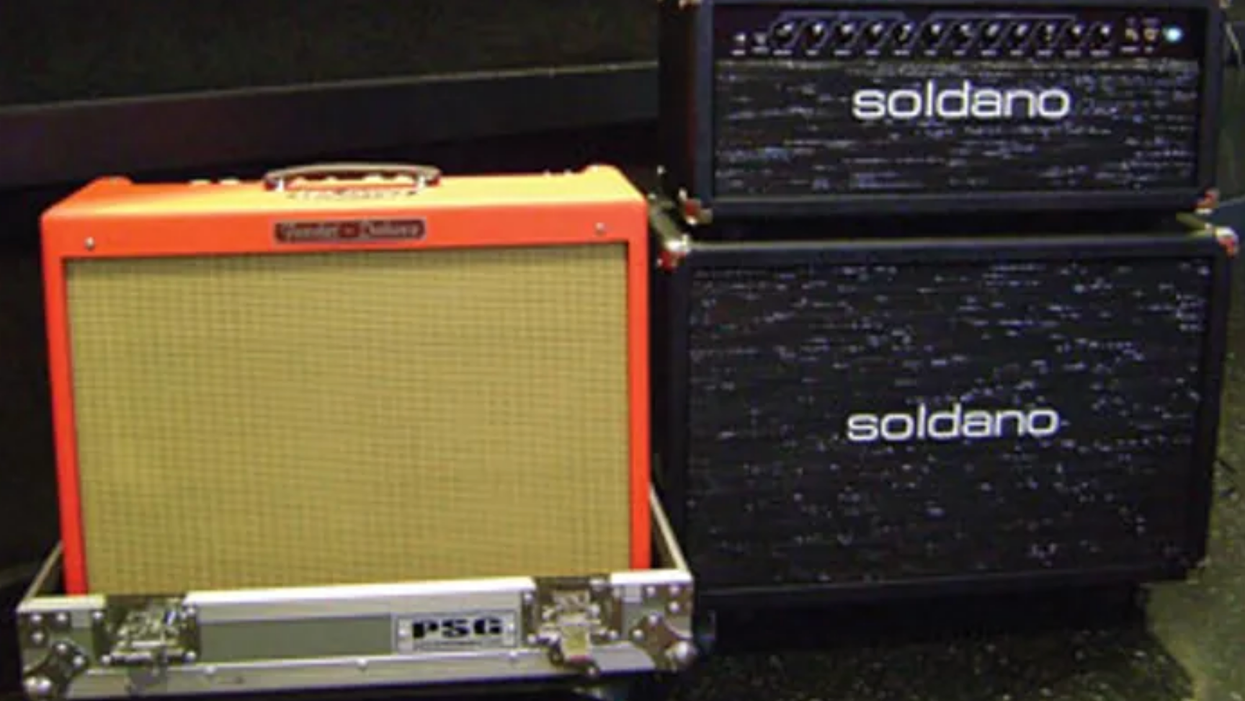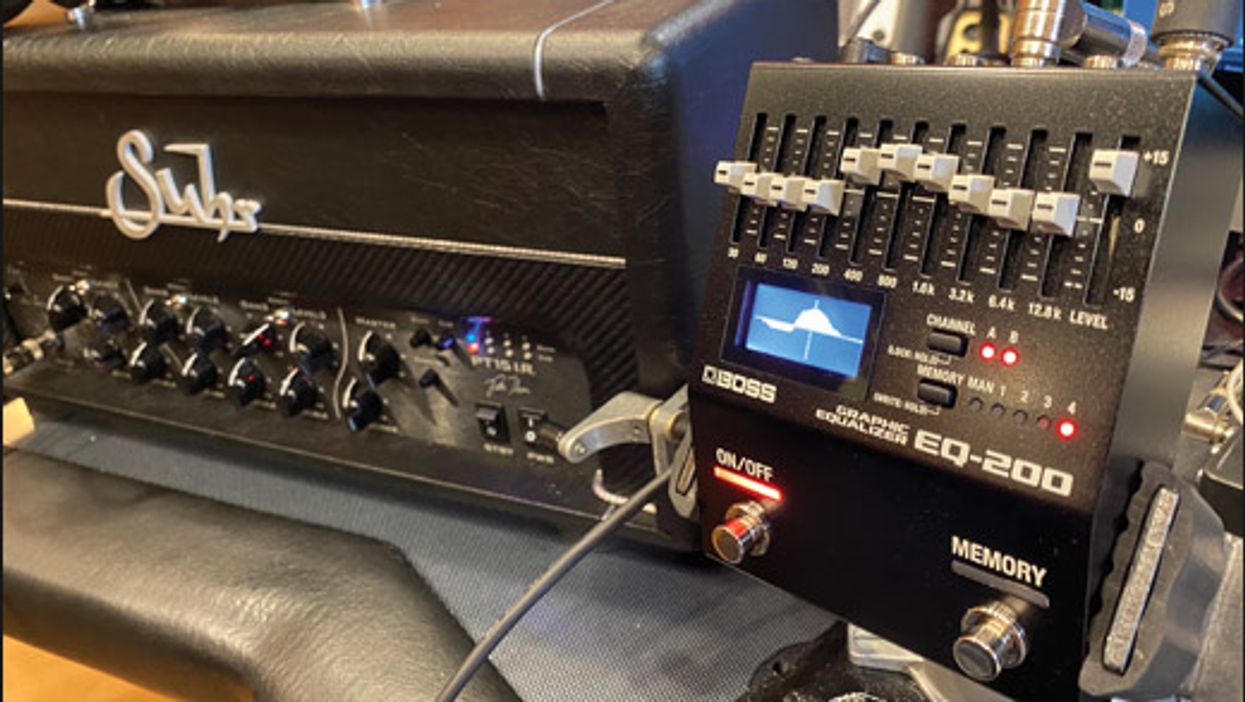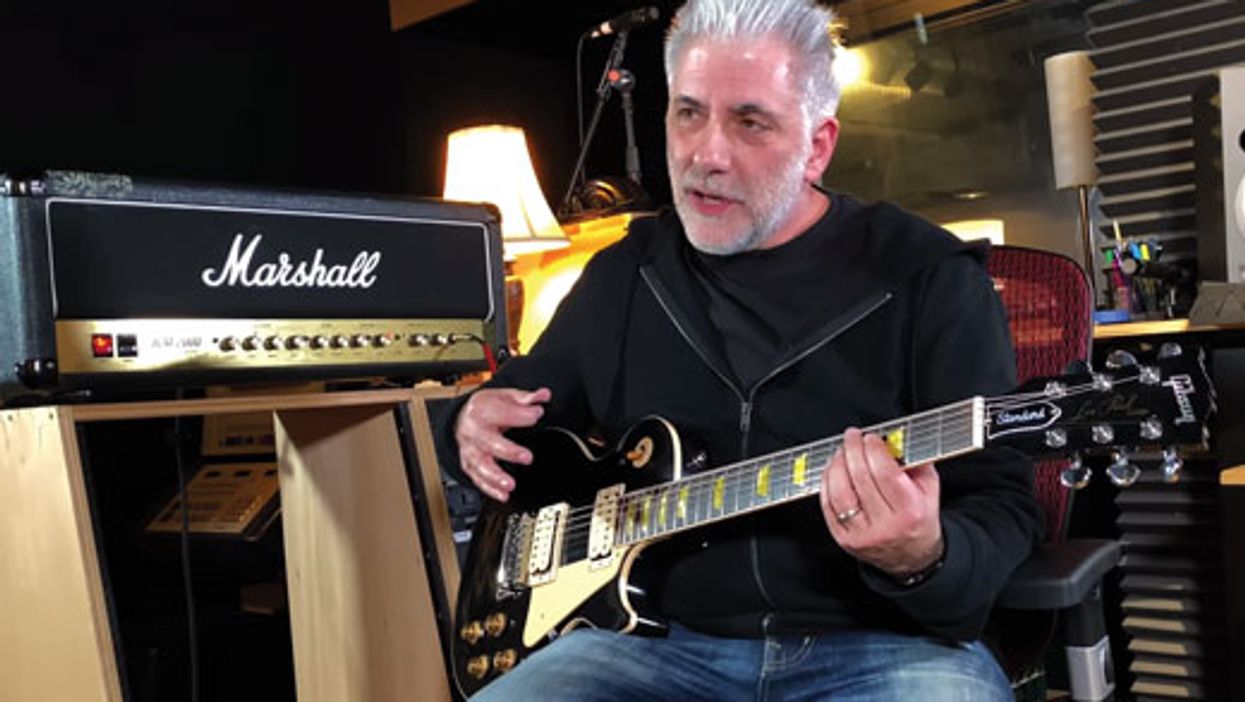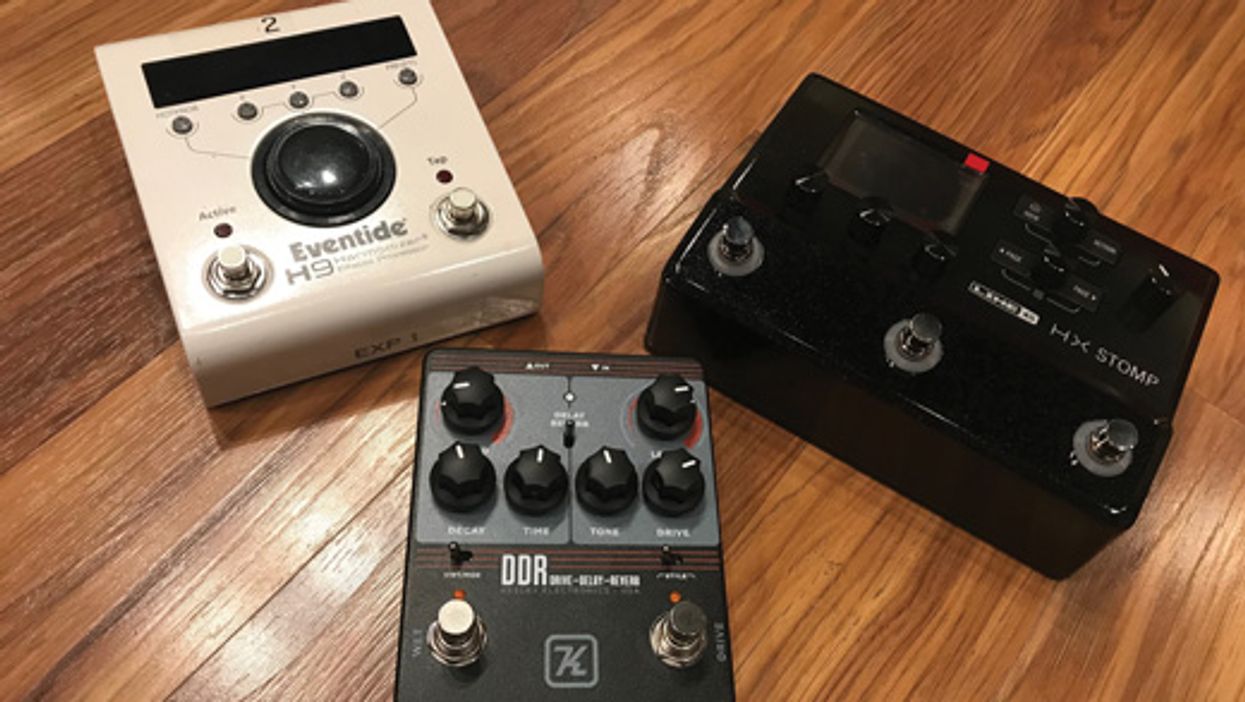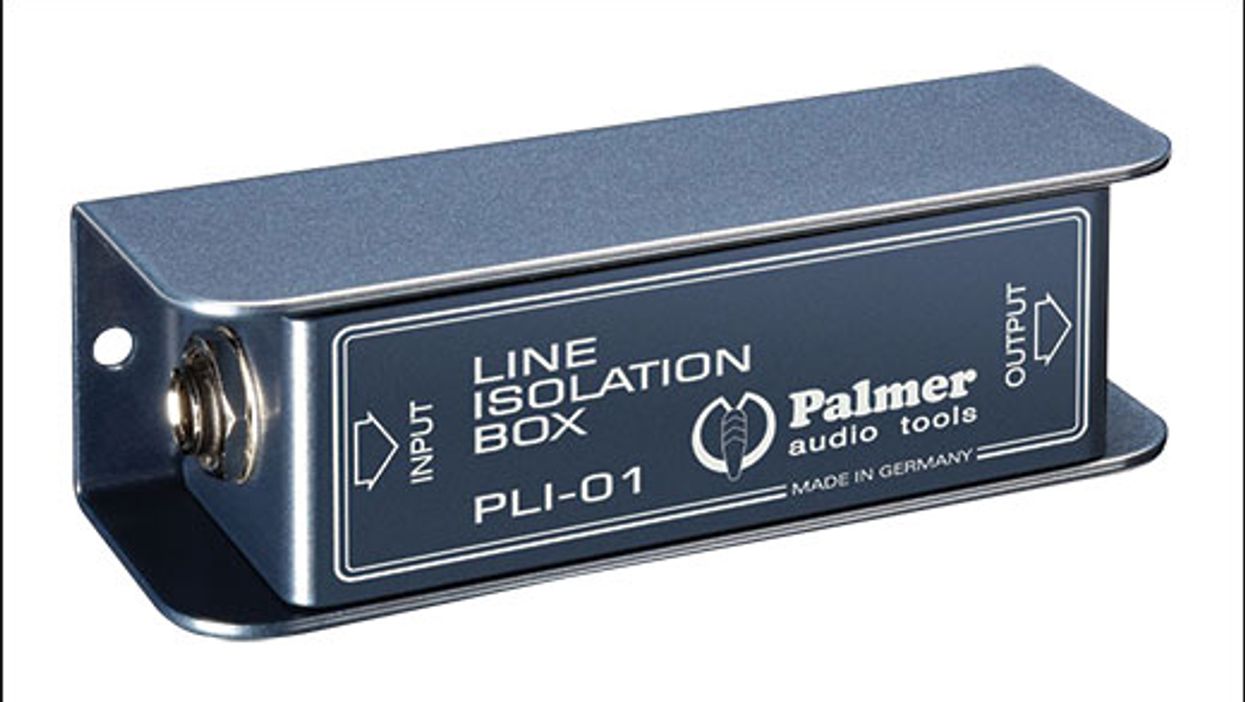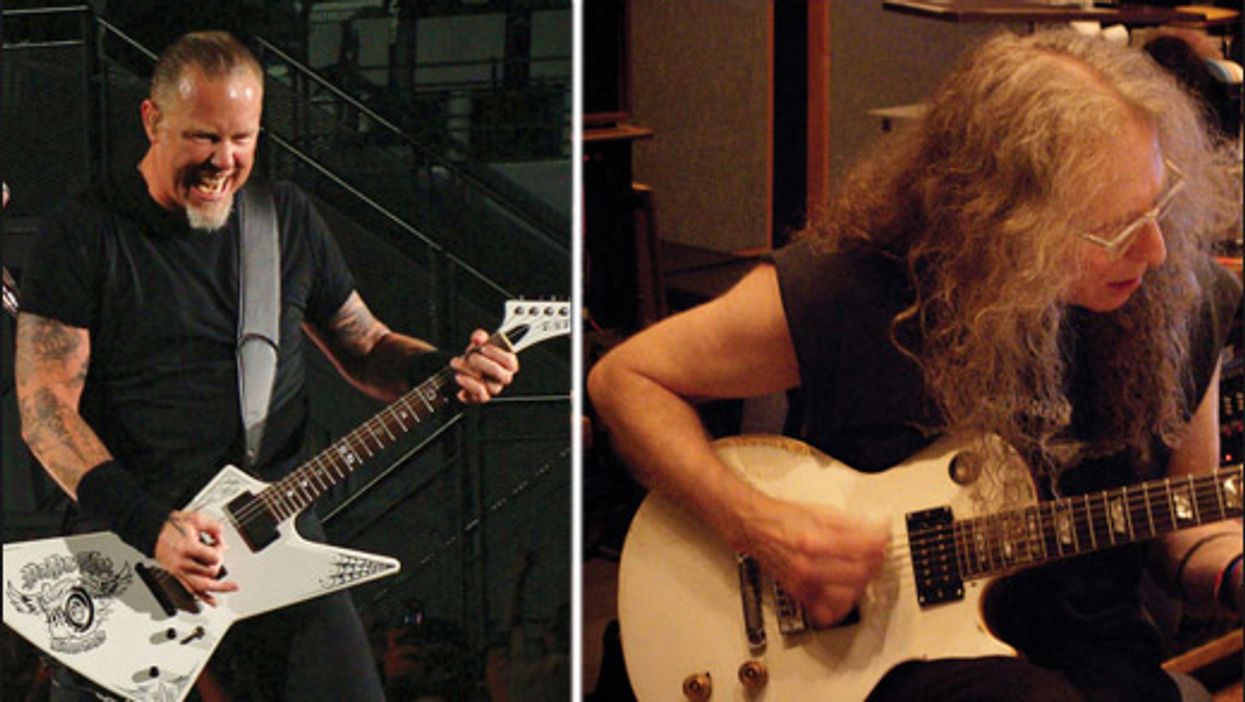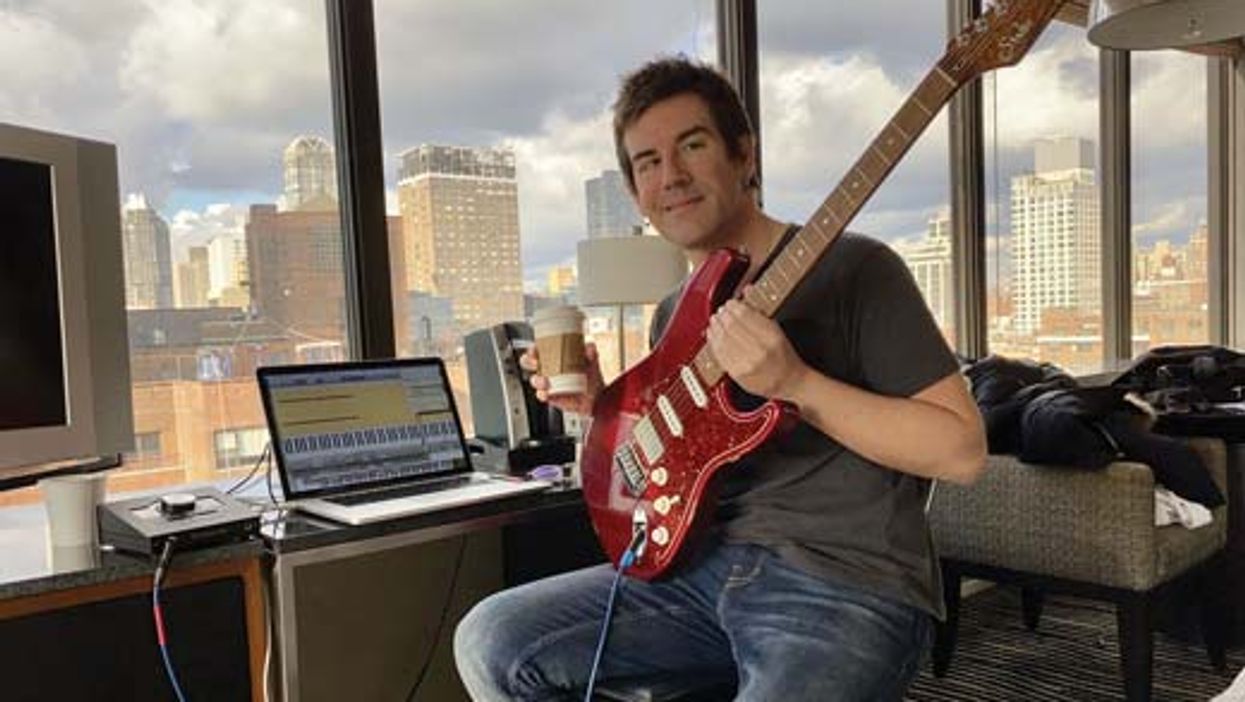You have two amps and you like them both for different reasons. While you've tried using pedals to get all your clean, crunchy, and overdriven sounds with just one amp, you can't seem to dial up a crunch sound that's as good as what you can get from your second amp. So you say to yourself, “Hey, I'll just go out of the left and right outputs of one of my pedals, plug one of these outputs into each amp, and have the best of both worlds, right?" Not exactly. If you want to use two amps simultaneously, there are some things you need to know before you flip on those power switches.
When you plug into two amps, you'll often hear a strong humming sound that vibrates out of your speakers. One of the reasons this happens is due to ground hum. You may be thinking that picking up one of those little adaptors and turning your amp's 3-prong plug into a 2-prong plug could be the answer, right? Though it will lift the ground and get rid of the hum, you might get the shock of your life if you touch your lips to a microphone onstage while playing your guitar. Being the recipient of a shock due to improper grounding feels about as good as receiving a squarely landed hook from a heavyweight champion. I learned this lesson the hard way!
So how do you safely use two amps without getting ground hum? My favorite way to play through a pair of amps is via a Lehle Little Dual which is a dual-mono box. To help explain how a dual-mono signal is different from a stereo signal, I called "Rooster" at Trailer Trash Pedalboards.
"A stereo signal is where your effects have a stereo image, like a 'ping-pong' delay or a rotary pedal's spinning horn. There are also tremolos that work in stereo, so they will ping-pong the tremolo back and forth between the two amps," explains Rooster. "A dual-mono signal has both amps receiving the exact same signal at all times, so tremolos will throb at the same rate through both amps. And if a delay is set to, say, 500 ms, both amps will repeat at 500 ms, etc."
The most obvious application for using a box to route your signal into two different amps is when you want to use one amp for your clean sound and the other for overdriven tones. The Little Dual allows me to use each amp independently, while giving me the option to play through both amps at the same time. This is also known as an A/B/Y configuration.
The two isolated transformers inside the Little Dual take care of the ground hum normally caused by using two amps. If you're not planning on using the amplifiers simultaneously, you could also just use an A/B box, since you wouldn't need the "Y" capability. With that in mind, going with a cheaper A/B box may be appealing to your wallet, but be sure to try them out in the store before you make your purchase. That way you can be sure the box doesn't have any hum issues.
Another interesting aspect of using two completely different amps at the same time is how they respond differently. Let's say playing a note is like jumping off of a building. You strike the note (the jumping point) and the way the note comes out of the amp (the landing) is like the type of material it lands on. My Soldano Lucky 13 makes the note feel like it's getting cradled by a giant trampoline before getting flung back into the air on the rebound. Conversely, my Fender Hot Rod Deluxe feels more like the note is landing on a large block of foam. One sound is not necessarily superior to the other, but when you have the same note landing on two different surfaces (amps), your tone gets a massive, spread-out feeling. That's because you have two different responses partnering up to create one huge stack of tone.
Using several different speakers further expands that feeling of being spread out. Something I like to do with the Little Dual during a song is use a single amp for verses, and then kick on both amps for choruses. For instance, I'll use my Hot Rod Deluxe alone for a verse, and when it comes time for the chorus, I'll engage the Soldano that I'll have plugged into two different cabs on opposite sides of the stage. This configuration really thickens up the sound and is a great way to give choruses that added boost of energy.
Beefing up your tone doesn't always mean that you have to buy a new pedal, swap out your pickups, or replace some other tone-changing apparatus. Sometimes the best way to add muscle to your sound is by simply combining a couple of amps that you already own. Experiment with stacking several sounds together until you find the combination that best suits your playing style.
[Updated 11/23/21]
